Which is more acidic?
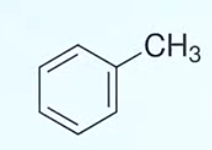
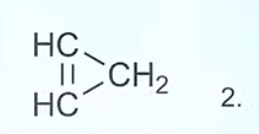
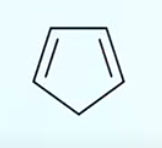
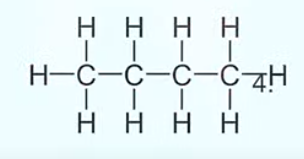
To determine which compound is more acidic among the given options, we need to analyze the stability of the anions formed after the removal of a proton (H⁺) from each compound. The more stable the anion, the more acidic the compound. Let's break down the analysis step by step.
Step 1: Identify the Compounds
We have four compounds to analyze. Let's denote them as:
1. Toluene
2. Compound 2 (with a double bond and a hydrogen)
3. Compound 3 (aromatic compound)
4. Compound 4 (alkane-like structure)
Step 2: Analyze Toluene
When toluene (C₇H₈) loses a proton (H⁺), it forms the anion CH₂⁻. This anion can participate in resonance with the aromatic ring, allowing the negative charge to be delocalized. The resonance structures stabilize the anion, making toluene relatively acidic.
Hint: Look for resonance stabilization in the anion formed from toluene.
Step 3: Analyze Compound 2
For Compound 2, when it loses a proton, it forms a negative charge on a carbon that is part of a double bond. This anion can also participate in resonance; however, if it leads to an anti-aromatic structure, it becomes unstable. Since anti-aromatic compounds are less stable, this compound is less acidic.
Hint: Check if the anion formed leads to anti-aromaticity, which decreases stability.
Step 4: Analyze Compound 3
Compound 3 is an aromatic compound. When it loses a proton, it forms a negative charge that can be delocalized across the aromatic system. This results in a very stable anion due to the aromaticity (4n + 2 π electrons rule). Therefore, this compound is quite acidic.
Hint: Aromatic compounds tend to be more stable due to resonance and aromaticity.
Step 5: Analyze Compound 4
Compound 4 is an alkane-like structure. When it loses a proton, it forms a negative charge on a sp³ hybridized carbon. The negative charge here is not stabilized by resonance and is destabilized by the surrounding hydrogen atoms. Thus, this compound is the least acidic.
Hint: Consider the hybridization of the carbon from which the proton is removed; sp³ carbons are less acidic.
Step 6: Compare Acidity
Now, we can compare the stability of the anions formed from each compound:
- Toluene: Stable due to resonance.
- Compound 2: Unstable due to anti-aromaticity.
- Compound 3: Very stable due to aromaticity.
- Compound 4: Unstable due to lack of resonance stabilization.
Conclusion
Based on the analysis, Compound 3 is the most acidic because it forms a stable aromatic anion upon losing a proton.
Final Answer: Compound 3 is the most acidic.
We have four compounds to analyze. Let's denote them as:
1. Toluene
2. Compound 2 (with a double bond and a hydrogen)
3. Compound 3 (aromatic compound)
4. Compound 4 (alkane-like structure)
When toluene (C₇H₈) loses a proton (H⁺), it forms the anion CH₂⁻. This anion can participate in resonance with the aromatic ring, allowing the negative charge to be delocalized. The resonance structures stabilize the anion, making toluene relatively acidic.
For Compound 2, when it loses a proton, it forms a negative charge on a carbon that is part of a double bond. This anion can also participate in resonance; however, if it leads to an anti-aromatic structure, it becomes unstable. Since anti-aromatic compounds are less stable, this compound is less acidic.
Compound 3 is an aromatic compound. When it loses a proton, it forms a negative charge that can be delocalized across the aromatic system. This results in a very stable anion due to the aromaticity (4n + 2 π electrons rule). Therefore, this compound is quite acidic.
Compound 4 is an alkane-like structure. When it loses a proton, it forms a negative charge on a sp³ hybridized carbon. The negative charge here is not stabilized by resonance and is destabilized by the surrounding hydrogen atoms. Thus, this compound is the least acidic.
Now, we can compare the stability of the anions formed from each compound:
- Toluene: Stable due to resonance.
- Compound 2: Unstable due to anti-aromaticity.
- Compound 3: Very stable due to aromaticity.
- Compound 4: Unstable due to lack of resonance stabilization.
Based on the analysis, Compound 3 is the most acidic because it forms a stable aromatic anion upon losing a proton.
Similar Questions
Find out number of compounds which are more acidic than benzoic acid, form following.

View SolutionThe number of compounds which are more acidic than benzoic acid amongst :o-nitrobenzoic acid, p-chlorobenzoic acid, p-methoxybenzoic acid, p-toluic acid, o-toluic acid, acetic acid, o-hydroxybenzoic acid are:
View Solution
Knowledge Check
Which one is more acidic in aqueous solution ?
ANiCI2BFeCI3CAICI3DBeCI2Which one is more acidic in aqueous solution ?
ANiCl2BFeCl3CAlCl3DBeCl2Which of the following is more acidic ?
A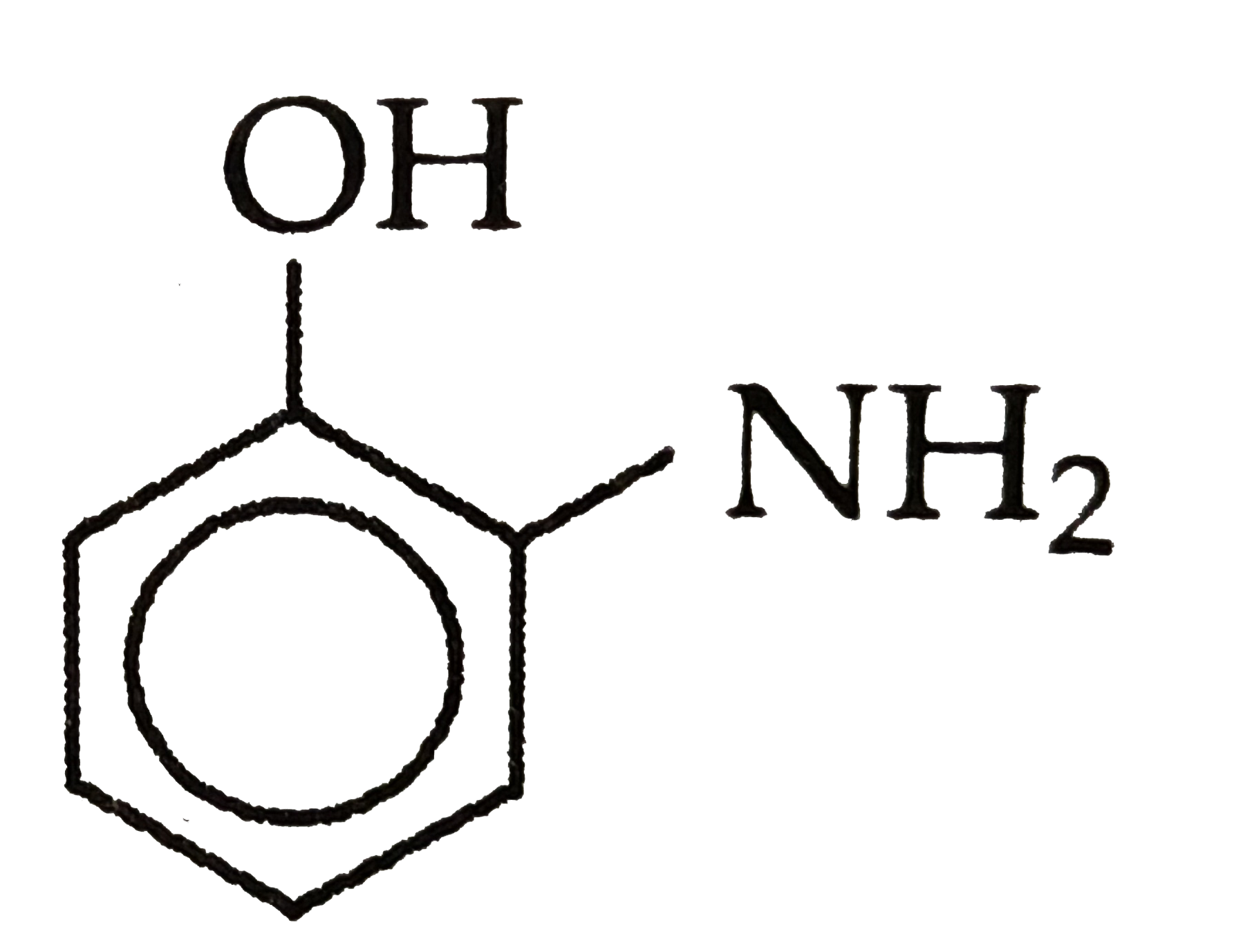 B
B C
C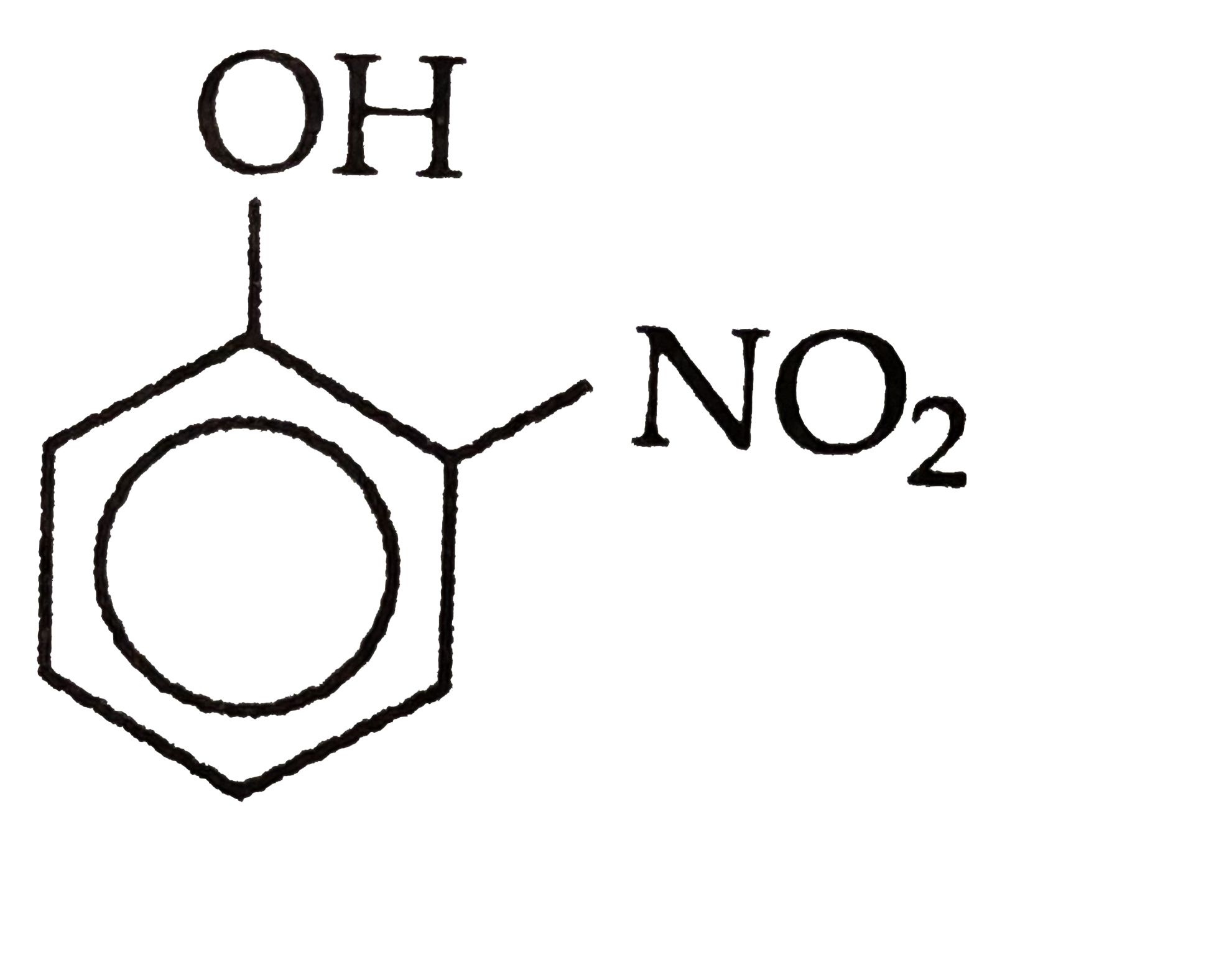 D
D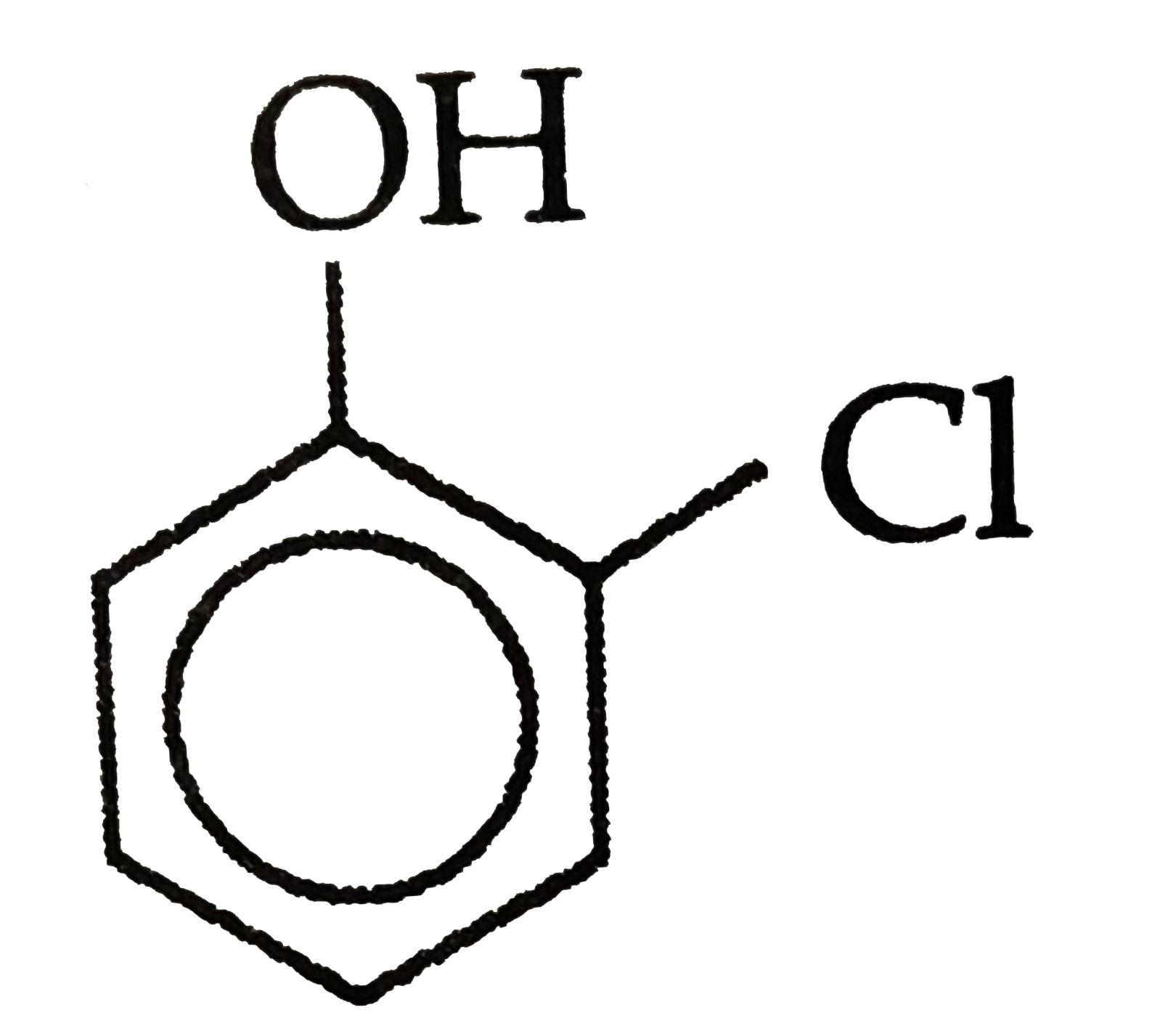
Find the number of oxide(s) which are more acidic than SO3.
SO2,Cl2O7,P2O5,CaO,Al2O3
View SolutionThe pH of rain water collected from two cities A and B was found to be 6 and 5 respectively. The water of which city is more acidic ?
View SolutionThe number of carboxylic acids which are more acidic than acetic acid amongst the following are:
(i)HCOOH
(ii)CICH2COOH
(iii)Cl3CCOOH
(iv)FCH2COOH
(v)CI3CCOOH
(vi)CH3CH2CHCICOOH
(vii)CH3CHCICH2COOH
View SolutionWhich of the following is more acidic?
View SolutionWhich one of the following is more acidic ?
View Solution
